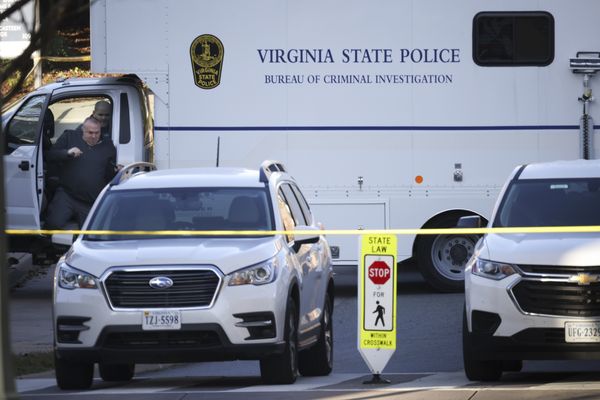According to the National Labor Relations Act of 1935, the presidentially appointed members of the National Labor Relations Board (NLRB) "may be removed by the President, upon notice and hearing, for neglect of duty or malfeasance in office, but for no other cause."
Yet President Donald Trump recently fired NLRB member Gwynne Wilcox for another cause. Namely, Trump fired President Joe Biden's appointee because her policy views did not align with his. As Trump explained in the letter that fired her, Wilcox's work at the NLRB was not "consistent with the objectives of my administration." The president added: "The aims and purposes of the Administration with respect to the work on the Board can be carried out most effectively with personnel of my own selection."
Wilcox filed suit, arguing that her firing was illegal under federal law. She won an early victory when Judge Beryl A. Howell of the U.S. District Court for the District of Columbia held that Wilcox must be reinstated. "Because this statute is a valid exercise of congressional power," the judge wrote, "the President's excuse for his illegal act cannot be sustained."
But Trump's rationale for the firing has proven to be more sustainable on appeal. On March 28, a divided 3-judge panel of the U.S. Court of Appeals for the District of Columbia Circuit issued an order to stay the lower court's ruling while the Trump administration's appeal moved forward. In other words, the D.C. Circuit let Trump's firing of Wilcox go into effect.
What explains the D.C. Circuit's actions? After all, the stated cause for Wilcox's firing would seem to be flatly inconsistent with federal law.
The answer lies in part in the D.C. Circuit's reading of the U.S. Supreme Court's 2020 opinion in Seila Law v. Consumer Financial Protection Bureau. That case centered on the authority of the president to fire the director of the Consumer Financial Protection Bureau (CFPB), who, according to federal law, could only be fired for "inefficiency, neglect of duty, or malfeasance."
Seila Law, however, held that such a limit on the president's removal power was unconstitutional. "The CFPB Director has no boss, peers, or voters to report to," Chief Justice John Roberts wrote for the 5-4 majority. "Yet the Director wields vast rulemaking, enforcement, and adjudicatory authority over a significant portion of the U. S. economy. The question before us is whether this arrangement violates the Constitution's separation of powers." Roberts held that it did. As a result, the director of the CFPB "must be removable by the president at will."
According to D.C. Circuit Judge Justin Walker, Seila Law clearly supports Trump's ability to fire NLRB member Wilcox for political reasons. "The Supreme Court has said that Congress cannot restrict the President's removal authority over agencies that 'wield substantial executive power,'" Walker wrote. Such "precedents control this court's case."
Walker is probably right that the same Supreme Court majority that handed down Seila Law will—when the time comes—rule in favor of the president in Wilcox v. Trump.
Of course, there are differences between the two cases. In Seila Law, for example, the Supreme Court repeatedly stressed the fact that the CFPB was led by a single director. The NLRB, by contrast, is led by five members, some of whom are Democratic appointees and some of whom are Republican appointees. But such differences probably won't carry much weight if the same Seila Law majority agrees that the NLRB, like the CFPB before it, wields executive authority outside of the executive branch's control.
I suspect that a majority of the Supreme Court is likely to see it that way and will probably decide the case in favor of Trump.
The post An Executive Power Case That Trump May Win appeared first on Reason.com.







